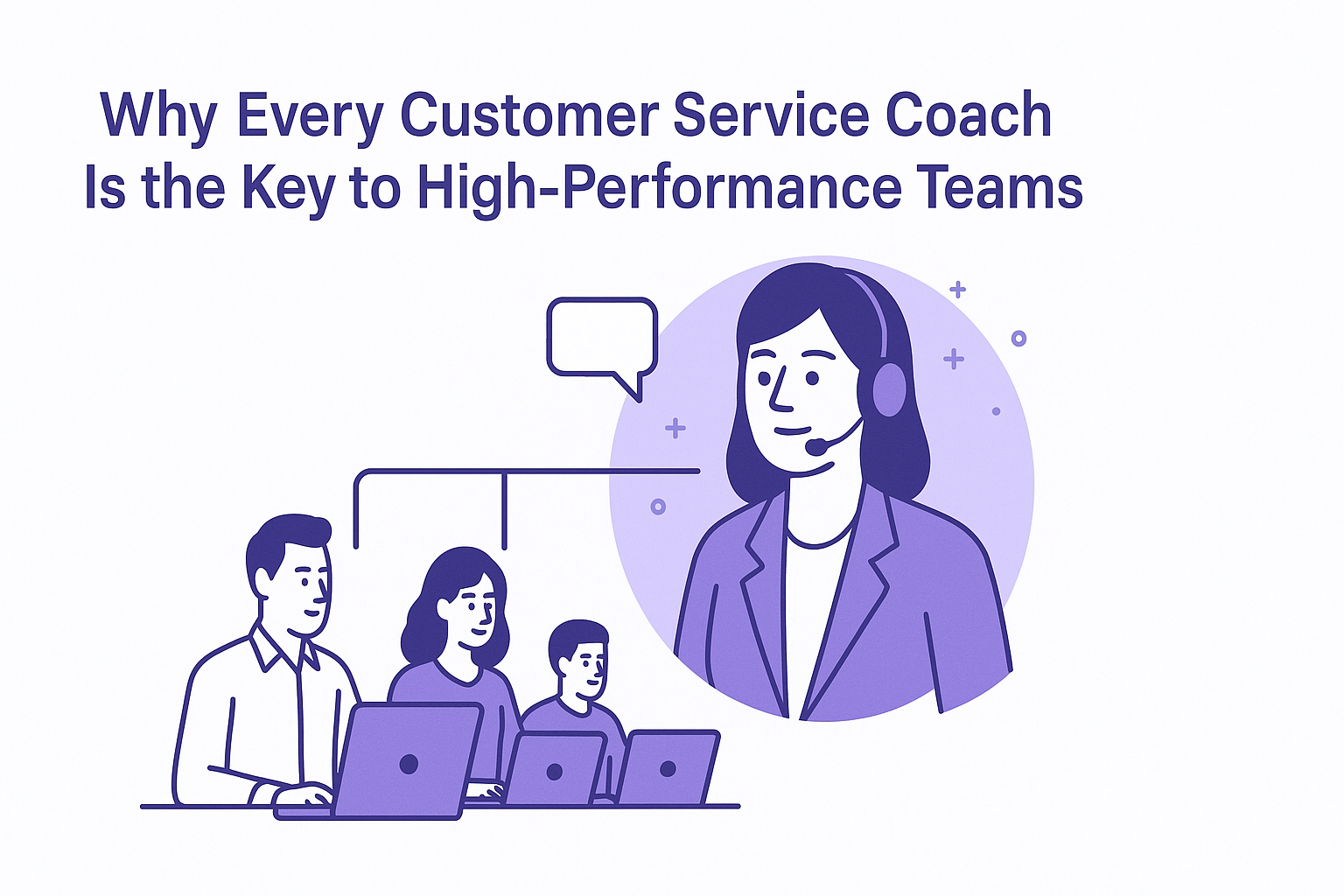Call Center Voice Analytics: Practical Applications
-
Hello Insight
- 10 min read
Voice Insights Optimization is redefining how call centers operate, significantly enhancing customer interactions. As each call generates a wealth of data, extracting insights can illuminate patterns in customer behavior and preferences. This optimization approach enables businesses to identify pain points more effectively, contributing to improved overall customer satisfaction.
By utilizing advanced analytics, teams can transform raw conversation data into actionable insights. These insights not only drive better training for agents but also refine strategies aimed at elevating the customer experience. In an era where personalization and responsiveness are paramount, Voice Insights Optimization is poised to be a game-changer for call centers aiming to stay competitive and customer-centric.
Generate visualizations from your qualitative data. At Scale.

Enhancing Customer Experience through Voice Insights Optimization
Optimizing voice insights directly enhances customer experiences within call centers. By focusing on understanding customer conversations, businesses can uncover patterns that reveal customer needs and preferences. This deeper knowledge allows for tailored interactions that anticipate customer inquiries rather than simply reacting to them. Consequently, customer service representatives can engage more effectively, enriching the overall experience.
To achieve this, several key strategies can be implemented. Firstly, analyzing customer feedback can highlight common pain points, enabling organizations to proactively address issues. Secondly, utilizing AI-powered analytics tools can streamline the identification of trends, refining the ability to respond to customer needs swiftly. Lastly, delivering targeted training to agents based on voice data ensures they are equipped with the insights needed to provide better service. Through these methods, voice insights optimization builds stronger customer relationships, fostering loyalty and satisfaction.
Understanding the Role of Voice Analytics
Voice insights optimization plays a vital role in enhancing call center operations. Understanding the implications of voice analytics begins with recognizing its transformative power in analyzing customer interactions. By transcribing conversations, call centers can uncover hidden trends, customer sentiments, and potential pain points, which allow for more informed decision-making and results-driven changes.
One of the critical applications of voice analytics is its ability to provide actionable insights. These insights can help refine customer service strategies, ensuring that agents are better prepared to address customer needs. Additionally, voice analytics can boost overall satisfaction levels by identifying recurring issues and enabling proactive resolutions. This leads to a more engaging customer experience, ultimately driving loyalty and retention. As voice analytics continue to evolve, call centers must harness its potential for voice insights optimization to stay competitive and meet the demands of their customers effectively.
Leveraging Voice Insights for Personalized Interactions
Voice insights provide a powerful tool for creating personalized interactions between agents and customers. By effectively analyzing conversations, call centers can pinpoint customer needs and preferences. This insight allows agents to tailor their responses, making customers feel valued and understood. Personalization is not merely about addressing customer queries; it’s about anticipating needs based on the tone, sentiment, and context of the conversation.
Furthermore, employing voice insights optimization can enhance the entire customer experience. By utilizing data from conversations, call centers can refine their strategies, leading to more engaging dialogues. When agents ask relevant questions derived from prior interactions, it fosters a deeper connection. This proactive approach not only builds trust but also encourages customers to share more information, enabling agents to provide tailored solutions and recommendations. In today's competitive environment, capitalizing on voice analytics is crucial for achieving long-term customer satisfaction and loyalty.
Evaluate Performance on Customer Calls for Quality Assurance.
Operational Benefits of Voice Analytics: Voice Insights Optimization in Action
Voice insights optimization can significantly reshape operational efficiency within call centers. By utilizing voice analytics, organizations gain valuable insights into customer interactions, enabling them to identify pain points and enhance agent performance. These insights provide a clear view of where agents excel and where they may require additional training, ultimately leading to improved customer satisfaction.
Streamlining agent performance begins with accurately identifying key performance indicators (KPIs). Once these KPIs are established, targeted training programs can be implemented to address specific areas of improvement. Furthermore, voice analytics help in proactively managing compliance and risk. By analyzing calls, organizations can ensure that agents adhere to established protocols and regulatory standards, reducing the chances of costly errors. This continuous cycle of feedback and improvement driven by voice insights optimization not only enhances agent capability but also elevates the overall customer experience.
Streamlining Agent Performance and Training
Effective training and performance evaluation of call center agents are crucial for maintaining a high standard of customer service. By utilizing insights from voice analytics, supervisors can streamline agent performance and training. The first step involves identifying key performance indicators (KPIs) that reflect both agent efficiency and customer satisfaction. This data-driven approach helps in precisely assessing each agent's strengths and weaknesses.
Once you've established your KPIs, implementing targeted training programs is essential. Voice insights optimization can detect patterns and specific areas where agents struggle. Incorporating these findings into your training sessions will foster more personalized learning experiences. Consistently reviewing performance will also ensure that agents remain aligned with company objectives, thereby enhancing productivity. Ultimately, developing a feedback loop from voice analytics not only optimizes agent training but also elevates the overall customer experience.
Step 1: Identify Key Performance Indicators
To begin the process of Voice Insights Optimization, identifying key performance indicators (KPIs) is crucial. These KPIs serve as benchmarks to measure how effectively your call center is achieving its goals. They highlight aspects such as call resolution rates, average handling time, and customer satisfaction scores. Setting clear KPIs allows organizations to focus on essential metrics that drive performance improvements.
Next, it’s vital to regularly review these indicators to ensure they align with the evolving objectives of the business. For instance, monitoring call quality might reveal training gaps, while tracking wait times can indicate staffing needs. By establishing an ongoing assessment framework, you can make data-informed decisions that enhance both agent performance and customer satisfaction. Ultimately, this proactive approach to identifying and analyzing KPIs is foundational for optimizing voice insights in any call center environment.
Step 2: Implement Targeted Training Programs
To effectively implement targeted training programs, organizations must focus on specific performance gaps identified through voice analytics. By assessing agent interactions and understanding customer feedback, trainers can develop content tailored to address identified weaknesses. This means providing agents with the tools they need to enhance their communication skills, product knowledge, and problem-solving abilities.
Additionally, continuous monitoring of agent performance using voice insights allows for ongoing adjustments to training programs. This iterative approach ensures that training remains relevant, adapting to evolving customer expectations and industry trends. Ultimately, targeted training programs lead to improved agent performance, resulting in enhanced customer interactions and satisfaction. By investing in these tailored initiatives, organizations can maximize their voice insights optimization efforts, paving the way for sustained success in the call center environment.
Improving Compliance and Risk Management
Utilizing voice analytics effectively can significantly enhance compliance and risk management in call centers. By extracting actionable insights from agent conversations, organizations can better adhere to regulatory requirements and mitigate potential risks. For instance, reviewing recorded calls enables managers to evaluate if agents are asking relevant compliance questions and identifying client needs appropriately. This proactive approach ensures that compliance challenges are addressed efficiently.
When implementing voice insights optimization, teams should focus on a few key strategies. First, ensure agents are well-trained in compliance protocols and regulations specific to your industry. Second, regularly audit calls to gauge compliance adherence, focusing on the agents’ ability to confirm client understanding of provided solutions. Lastly, utilize analytics tools to identify trends in compliance-related queries and responses, helping to refine processes continuously. By prioritizing these strategies, organizations can foster a culture of accountability and reliability in their call center operations.
Conclusion: The Future of Voice Insights Optimization in Call Centers
As we look towards the future of voice insights optimization, call centers are poised for a significant transformation. The integration of advanced analytics tools will enable organizations to derive meaningful data from customer interactions. This shift will empower leaders to enhance training programs, ensuring agents are equipped with the right skills to address customer needs effectively.
Additionally, the continued evolution of technology will foster personalized customer experiences. By harnessing voice analytics, call centers can gather insights that pinpoint customer preferences and frequently asked questions. This strategic approach will lead to improved service quality and ultimately enhance customer satisfaction, solidifying the role of voice insights optimization in driving operational success.






